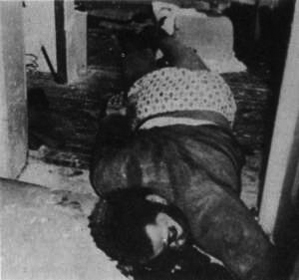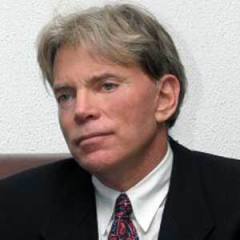
The US Government Killed Dr King
Today April 4th 2013 marks the 45th anniversary that Dr Martin Luther King was assassinated.. I want folks reading this to be crystal clear about a couple of things.. First, do not mention King’s death and reduce it to the work of a deranged man name James Earl Ray..If the local or national corporate backed media talks about Dr King’s death in those terms, then they are negligent. In fact its safe to say they are complicit in helping cover up what should disturbing to all of us.. Dr Martin Luther King was killed by the FBI.. he was killed by our US government.. He was one of many victims to the FBI’s Counter Intelligence program best known as Cointel-Pro..
Repeat after me… COINTEL PRO.. This was the program used by former FBI head J Edgar Hoover to go after the Puerto Rican Independence Movement, the American Indian Movement, The Student Anti-War Movement and the Chicano Movement. The FBI saved its most vicious and invasive tactics for the Civil Rights and Black Power Movements.. Malcolm X and Dr King were key targets, primarily because they had linked the domestic struggles for ‘Civil Rights’ and Black American self determination to the larger struggles taking place internationally.. That was dangerous to the FBI and our government and led to Hoover seeing King as public enemy number one along with the Black Panthers and other groups that had shifted into the same direction of internationalizing Black struggles.
So again do not say Dr King was killed 45 years ago today without mentioning Cointelpro.. In another note we should not lose sight of the fact that earlier this year we saw a lot of fan fare around Dr King statue on the national mall and President Barack Obama get sworn in using Dr King’s bible..In fact his inauguration was on the same day as the King Holiday.. many thought this was anice and potent gesture.. I say it was a distraction.. If President Obama can get sworn in using King’s Bible, how about using those Presidential powers to completely unearth the role the US government played in Dr King’s killing? How about using those Presidential powers to to bring about justice and punsish all those still alive who were a part of Dr King being killed..
http://www.youtube.com/watch?v=IlKP5fgY4C0
http://www.youtube.com/watch?v=lbJkJTFXvkM
http://www.youtube.com/watch?v=gMgccsq1IyM
What took place was with Dr King being killed was something much larger then James Earl Ray.. It was part of something deep rooted and systemic..






 Many people have long believed the first Hip Hop cop came out of New York City and recently arrived on the scene sometime after 9-11. Much of this is centered on Hip Hop’s infamous Hip Hop Task Force which was led by former NYPD detective Derek Parker. He and that task force has been the subject of several high profile news stories, a documentary and a book he authored.
Many people have long believed the first Hip Hop cop came out of New York City and recently arrived on the scene sometime after 9-11. Much of this is centered on Hip Hop’s infamous Hip Hop Task Force which was led by former NYPD detective Derek Parker. He and that task force has been the subject of several high profile news stories, a documentary and a book he authored.



